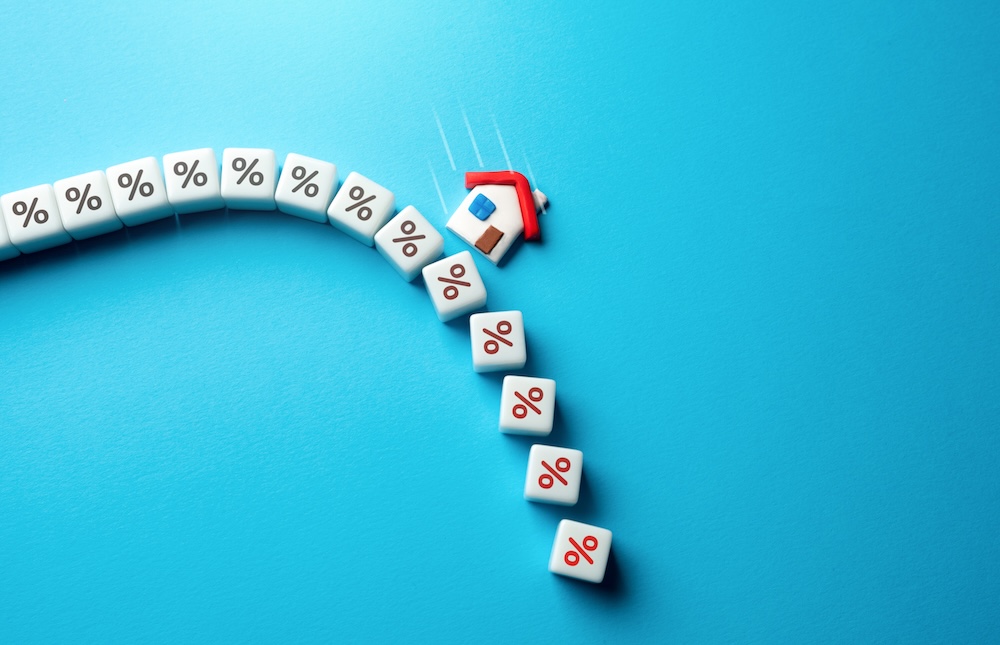The Interest Rate Reality Check
Welcome to 2025, where interest rates are holding steady at nearly triple what they were just a few years ago. The housing market hasn’t crashed, but it’s certainly jammed. Transactions have slowed, affordability has plummeted, and uncertainty is the only constant.
Whether you’re a buyer, a seller, or a real estate agent, you’re likely feeling the pressure. In this post, we’ll explore how we got here, what’s changed since the golden days of 2021, and what this new era means for everyone involved.
1. From Pandemic High to Post-Pandemic Whiplash
Back in 2020 and 2021, interest rates were at historic lows — hovering around 2.7% for a 30-year fixed mortgage. Buyers flooded the market. Homes were snatched up in hours. Prices surged. It felt like money was cheap, and homeownership was accessible.
Then came inflation. The Federal Reserve stepped in, and mortgage rates began climbing through 2022 and 2023. By 2024, we were hovering near 7%, and in 2025, that’s where we remain.
🏠 A $400,000 mortgage at 2.7% = ~$1,620/month
🏠 At 7% = ~$2,660/month
💸 That’s a $1,000+ difference for the same home.
2. Buyers Are Pausing — Affordability Has Collapsed
According to Redfin, the median income required to afford a median-priced home is up more than 22% since 2021. With higher monthly payments and tighter lending standards, many would-be buyers are sitting out.
Some are turning to:
- Adjustable-rate mortgages (ARMs)
- 2-1 or 3-2-1 rate buydowns
- Shared equity models or co-buying
- Relocating to more affordable cities
But many are simply choosing to rent and wait.
3. Sellers Are Stuck — The ‘Rate-Locked’ Phenomenon
Roughly 82% of U.S. homeowners have mortgage rates under 4% (Zillow). That means upgrading or even downsizing would mean swapping a cheap mortgage for a much more expensive one — even if the new home is the same size or smaller.
So instead, they:
- Renovate instead of relocate
- Hold off on listing
- Convert current homes to rentals
This behavior is clogging up inventory, especially in move-up markets. The result? Limited choices for buyers and gridlock for everyone.
4. Agents Are Scrambling to Keep Deals Alive
This market has become a pressure cooker for real estate professionals. With fewer transactions to go around, every lead matters more. Agents are doing more with less — often stepping outside their typical scope to keep clients engaged.
Today’s agents are:
- Mortgage educators
- Emotional support systems
- Financial translators
- Problem-solvers
NAR membership declined for the first time in a decade between 2023 and 2024. Many part-timers have exited, and others are pivoting into relocation, investment, or niche service markets to stay afloat.
5. The Long Game: What Needs to Happen for Relief
So, will rates drop again?
The Fed has made it clear: they won’t cut rates meaningfully until inflation is consistently below 2%. As of now, we’re not there. Even in an optimistic scenario, sub-5% mortgage rates likely won’t return until late 2025 or 2026.
And those sub-3% rates? They were a one-time event. Most experts now expect 5–6% to become the “new normal.”
Until then:
- Sellers must adjust expectations
- Buyers must explore creative financing
- Agents must be more adaptive than ever
When It Is Worth It for Agents in 2025
- You bring more than just access to listings.
If you offer strategy, negotiation, market insight, or relocation guidance, people will still pay for your value. - You’re in a high-demand niche or stable market.
Some areas (Midwest, Southeast) are still seeing movement. And niches like probate, downsizing, or investment real estate still thrive. - You’re willing to work hard and think long-term.
This is no longer an “easy money” career. It’s a business. If you treat it that way — with systems, follow-up, and education — it can still be profitable. - You partner smart and use tech to scale.
If you embrace AI, tools, and automation to free up your time for high-value client work, you can outperform agents who are stuck in old habits.
When It’s Probably Not Worth It
- You expect quick wins.
It might take 6–12 months to close your first deal. If you need fast income, this isn’t the path right now. - You don’t enjoy educating or advising people.
Modern agents have to coach more than close. Clients want clarity and help with decision-making — not just access. - You’re not willing to adapt.
The agent who refuses to evolve with tech, automation, and market conditions will likely burn out fast. - You’re relying solely on traditional sales training.
The days of “smile and dial” or door knocking your way to a million are behind us. If your course sold you that idea, they sold you a fantasy.
It’s Not a Crash — It’s a Recalibration
This isn’t 2008. It’s not a bubble bursting — it’s a system resetting.
We’re moving from the stimulus-fueled highs of the pandemic era to a more complex, rate-conscious, strategy-driven housing market.
📍 Buyers need to rethink timing.
📍 Sellers need to understand the psychology of the new buyer.
📍 Agents need to lead — not just list.
Success is still possible — but in 2025, no one’s coasting. Everyone has to work harder, smarter, and with a plan.







